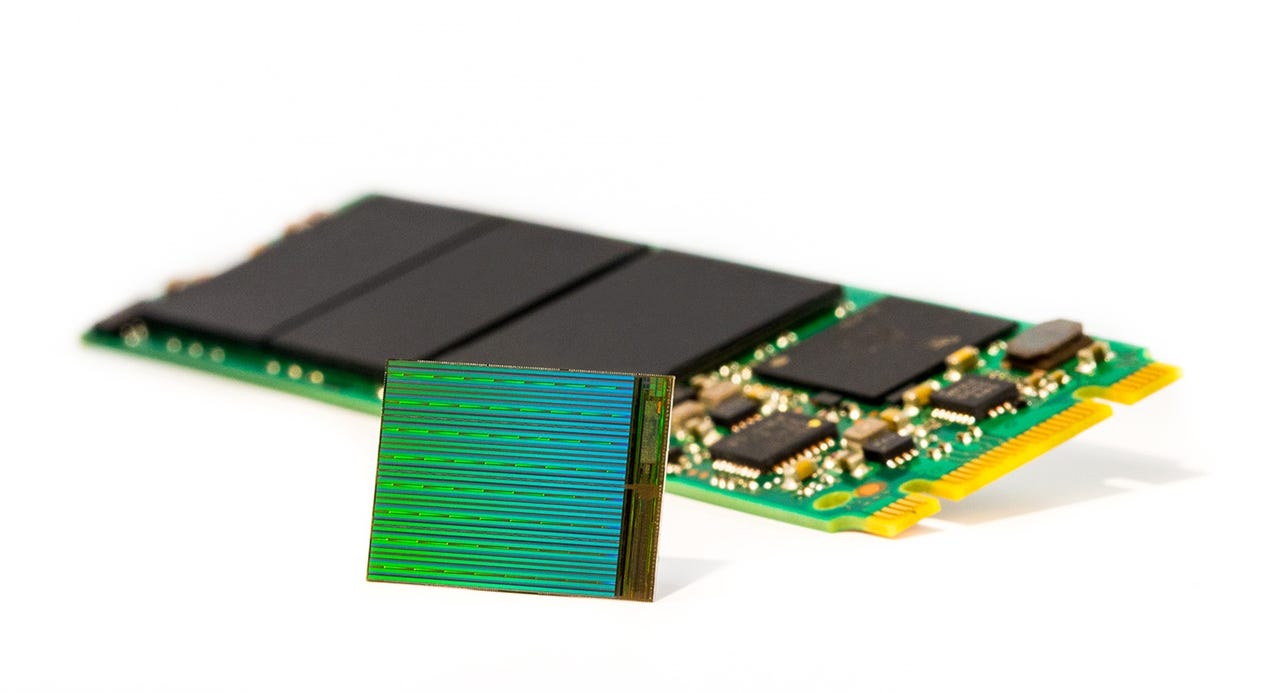New 3D NAND flash memory from Intel, Micron could result in 10-terabyte SSDs


NAND flash memory isn't the type of technology that might get your heart racing, but breakthroughs in making solid-state storage denser means more storage can be squeezed into ever-smaller spaces. While Samsung has been the company most associated with making 3D NAND technology the latest trend in flash memory, longtime partners Intel and Micron have just announced the results of their collaboration that could yield equally impressive results.
As the term suggests, 3D NAND adds a new dimension to producing flash modules. By stacking cells vertically, density is improved, which allows for more capacity in the same dimensions. Intel and Micron have further refined this process by using a floating gate cell for the first time in 3D NAND production.
The companies' claims for the results of this addition are pretty impressive: Solid-state drives the size of a stick of gum that can hold up to 3.5 terabytes of data, and 2.5-inch SSDs that can hold 10TB in capacity. All told, Intel and Micron say their new process improves capacity three times over competing 3D NAND applications.
With flash storage creeping into every type of computing device, improved solid-state storage impacts everything from smartphones to enterprise servers. That's the idea behind what Intel has been calling ubiquitous storage, though you shouldn't completely rule out traditional magnetic-based hard drive storage in the near future. After all, the promised 10TB SSD will already have its match in a 10TB hard drive designed for datacenters.
Intel and Micron say that 256Gb MLC flash based on its 3D NAND technology has already started sampling, with a 384Gb TLC version beginning sampling later in the spring. The companies claim that devices using these modules will be produced by the fourth quarter, with individual SSD drives making use of the technology appearing sometime in the next year.